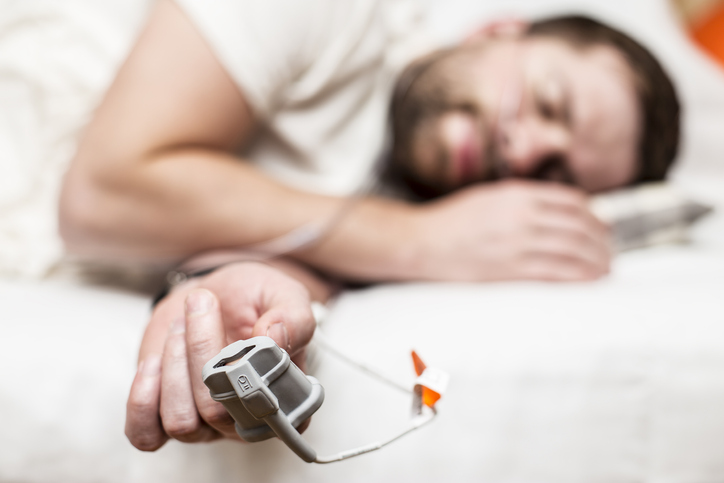
Did you know that there are more than 86 different sleep disorders? While some are common and some are very rare, they all affect the quality of sleep you get. If you think you may have a sleep disorder, the first step is to talk with your primary care provider. If your primary care provider agrees, you may be referred to the McLaren Sleep Center for a sleep study.
"Fatigue, restless sleep, snoring, frequent waking, and daytime drowsiness are all symptoms of sleep disorders," said Jim Shuler, respiratory therapist, polysomnographer, RPSGT, LRCP, at McLaren Greater Lansing's Sleep Center.
The best way to diagnose and treat a sleep disorder is with a sleep study. During the study staff monitor electrodes that go on the legs for restless leg syndrome, respiratory belts that go on the abdomen to monitor breathing, an EEG to monitor brain waves to tell what stage of sleep patients are in, and an EKG, to look at the heart. Staff will also monitor an EMG that looks at jaw tension. This is all considered part of a baseline PSG test.
"To conduct an effective sleep study, we want to mimic the patient's sleep at home," said Shuler. This means patients should wear comfortable clothes and bring anything that would help them recreate their sleep environment from home.
"We encourage patients to bring in their own pillows, bedding, sound machines, and take any medications that they would normally take before bed," said Shuler. "We also ask that six hours before the study patients refrain from drinking caffeine or napping."
You can expect to spend a full night at the sleep lab, up to eight hours. Once the study is complete the patient will receive a diagnosis and treatment plan.
Many sleep disorders are easily treatable; for example, obstructive and central sleep apnea can be treated with a CPAP machine.
For more information or to take a sleep assessment, click here.